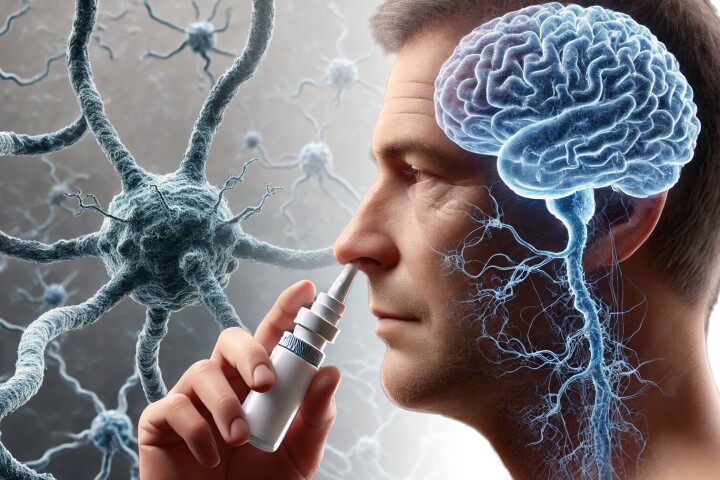With skin cancer the most common form of cancer in the U.S., most people have got the message and will have had a skin cancer screening at the doctor at some point. But how many actually receive check-ups with the frequency necessary to catch harmful lesions forming on the skin before they become lethal? Scientists at the University of Michigan have created an app called UMSkinCheck that directs users to take photos of themselves in order to perform self-checks for different forms of skin cancer.
Targeted primarily at users in the U.S., the app starts off with a questionnaire to determine your risk level, gathering information such as what region of the U.S. you live in, your age and complexion. Then you can set the frequency at which the app will remind you to do another round of screening photos – from a minimum of 30 days to a maximum of every 90 days.

Strike a pose is hardly applicable here. The app directs users to get into position for 23 photos. And with the app looking to capture images from top to toe, you'll need a trusted companion to play the photographer. In these 23 photos, you don't just snap random shots. The app defines the views, and your photographer just has to line you up to the silhouette on the screen. These photos capture the face torso and limbs in segments that can effectively show your skin in enough detail to identify marks.
Be prepared to take some stark photos. These are not flattering glamor shots. You'll need to stand up straight and sit in a chair in a well-lit room to get the right angles for the photos. Before you start to worry about these photos leaking onto the internet, be assured that the app is password protected and photos are taken in-app rather than through the camera app on your iPhone. With some caution, likely the only people who will see them are you, your designated photographer, and your doctor.
UMSkinCheck doesn't necessarily weed out the healthy freckles and moles from the potentially cancerous ones, but it does provide a baseline for you to compare with future screenings. Once you take photos, you can view each photo side-by-side with previous screenings so you can see if that mark is growing or changing in a suspicious way.

The app also provides useful information on the characteristics of melanoma and examples of common skin lesions, with photos to show the difference between seborrheic keratosis and squamous cell carcinoma. Warning: it's graphic, though you've probably seen these kinds of pictures before. Sun safety, sunscreen tips and other helpful information is also built into the app.
A self-check every 30 days will help someone on high alert for skin cancer track suspicious moles and lesions outside of the usual annual screening at a doctors. But for someone who just wants a baseline and the ability to self-check, even every three months might feel like a little too often – but with potentially deadly melanoma easily treatable in the early stages, it's better to be safe than sorry.
The UMSkinCheck app is not the first of its kind. Gizmag wrote about MelApp last year, and a quick search on iTunes returns a number of free and paid apps aimed at early detection of skin cancer. There is also the Handyscope that turns an iPhone into a digital dermoscope, although this is aimed at health professionals.
UMSkinCheck is available as a free download on iTunes.
UM’s Doctor Michael Sabel talks about the app and why it's important in the video below.
Source: UofMHealth.org, iTunes, via The Atlantic











